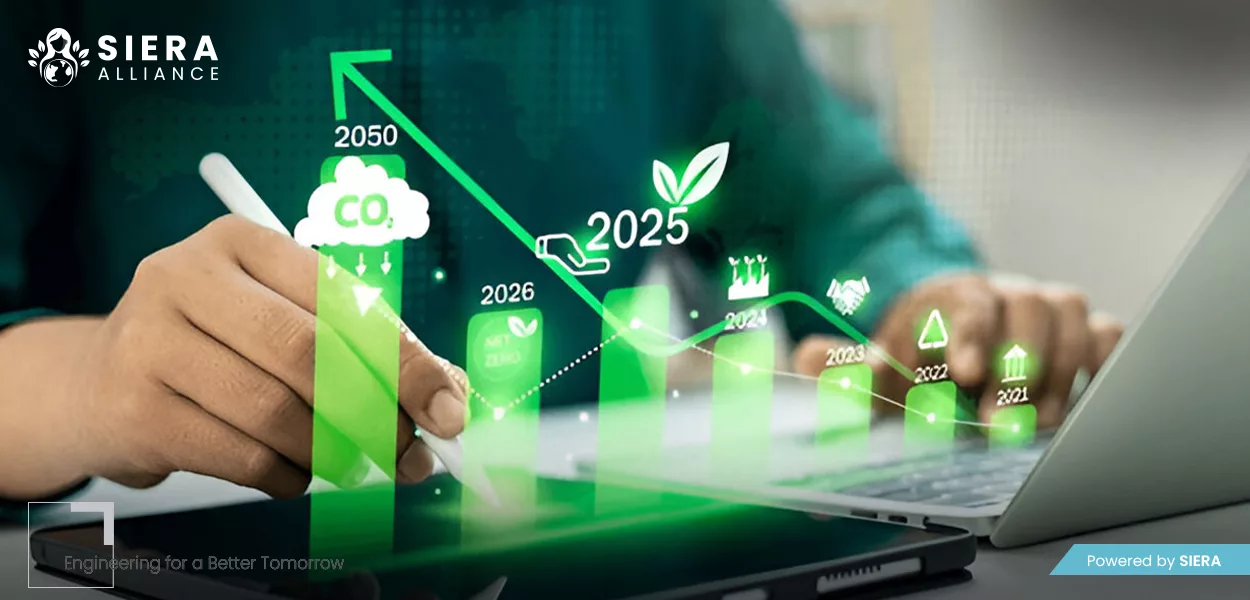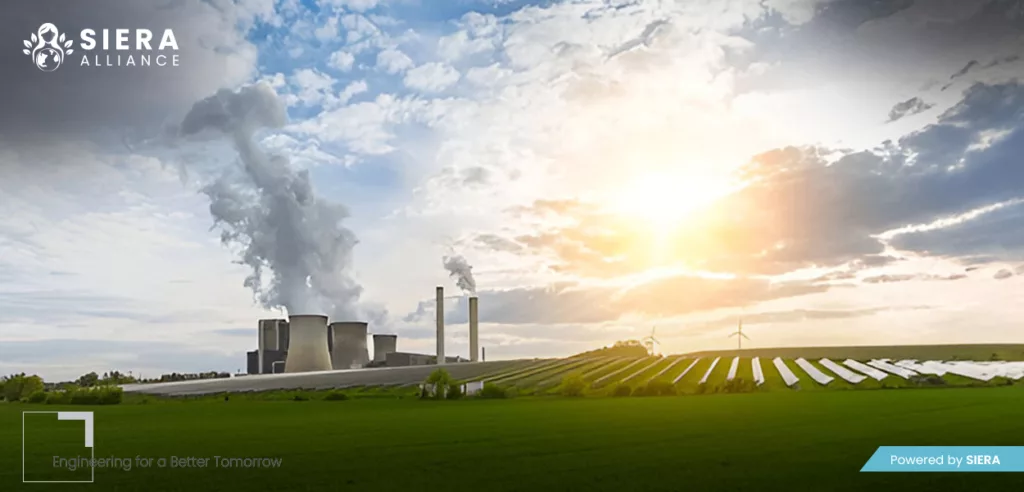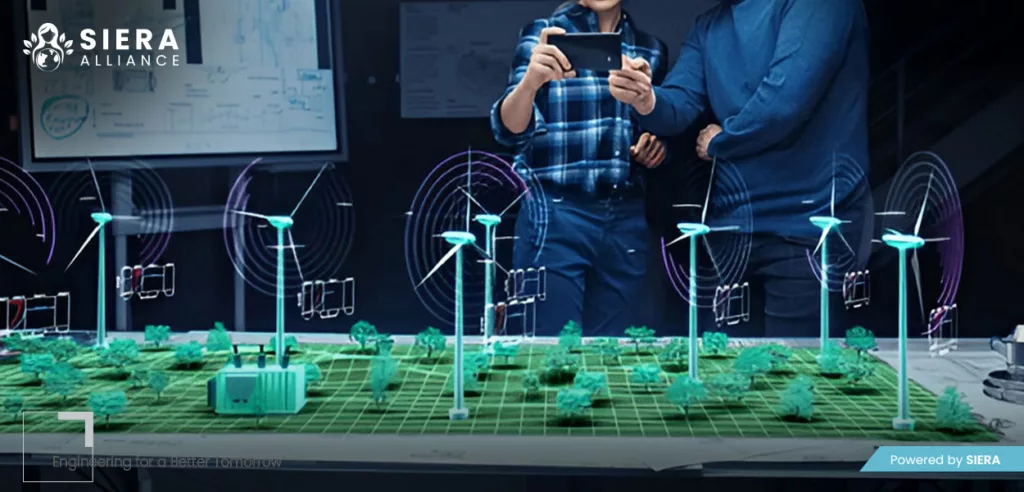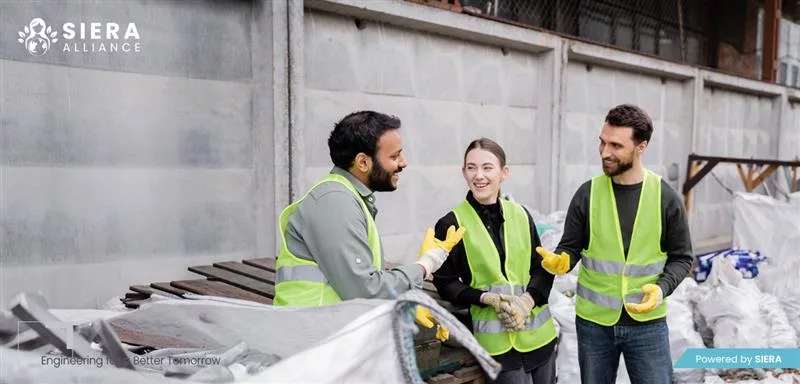The construction industry is at the heart of the global sustainability conversation. As climate change accelerates and natural resources dwindle, the way we build has never mattered more.
Traditional construction methods and materials, often resource-intensive and carbon-heavy, are being re-evaluated in favor of more sustainable, eco-conscious alternatives. Today, eco-friendly building materials are not just a trend — they are shaping the future of construction.
The Role of Materials in Sustainable Construction
The environmental footprint of a building begins long before its doors open. From raw material extraction to manufacturing, transportation, and eventual disposal, construction materials contribute significantly to greenhouse gas emissions, energy consumption, and waste generation.
In response, architects, engineers, and developers are turning to sustainable building materials that minimize environmental impact, conserve resources, and support healthier living environments. These materials are driving a shift towards a circular economy in construction — one that prioritizes renewable resources, waste reduction, and long-term resilience.

Key Eco-Friendly Building Materials Transforming the Industry
1. Cross-Laminated Timber (CLT)
Once overlooked in favor of steel and concrete, timber has made a strong comeback in the form of Cross-Laminated Timber (CLT). Manufactured by layering boards in perpendicular directions and bonding them together, CLT offers structural strength comparable to traditional materials while significantly reducing carbon emissions. It also acts as a carbon sink, storing CO₂ captured by trees during their growth.
Beyond its environmental benefits, CLT allows for faster construction, reduces on-site waste, and supports sustainable forestry practices.
2. Recycled Steel
Steel remains a cornerstone of modern construction, but its production is unfortunately energy intensive. Fortunately, recycled steel is emerging as a viable, eco-friendly alternative. Steel is 100% recyclable, making it ideal for sustainable building projects.
Using recycled steel reduces the demand for raw materials, lowers energy consumption, and diverts waste from landfills — all without compromising structural performance.
3. Hempcrete
Derived from the inner fibers of the hemp plant mixed with lime and water, Hempcrete is gaining traction as a sustainable building material. Lightweight and non-toxic, Hempcrete offers excellent thermal insulation, moisture regulation, and resistance to mold and pests.
Hemp cultivation also supports carbon sequestration, absorbing significant amounts of CO₂ during growth. As a biodegradable material, Hempcrete contributes to a building’s overall sustainability and end-of-life recyclability.
4. Recycled and Reclaimed Wood
Reclaimed wood sourced from old buildings, shipping pallets, or manufacturing offcuts is one of the most accessible sustainable materials available. By repurposing existing wood, construction projects reduce the demand for new timber, prevent unnecessary deforestation, and keep usable materials out of landfills.
Reclaimed wood not only supports sustainable construction practices but also adds a unique aesthetic character and history to new spaces.
5. Low-Carbon Concrete Alternatives
Concrete production accounts for nearly 8% of global CO₂ emissions. As a result, several low-carbon alternatives are being developed, including:
- Fly ash concrete: Incorporating industrial byproducts like fly ash or slag to replace a portion of cement.
- CarbonCure Technology: Injecting captured CO₂ into concrete during mixing, reducing emissions and increasing strength.
- Geopolymer concrete: Using recycled materials instead of Portland cement.
These innovations are essential for reducing concrete’s environmental impact while maintaining its functionality to modern construction operations.
6. Green Insulation Materials
Conventional insulation materials often contain petrochemicals and toxic additives. In contrast, eco-friendly options such as sheep’s wool, cellulose (recycled paper), and cork insulation are renewable, biodegradable, and free from harmful chemicals.
These materials improve energy efficiency, enhance indoor air quality, and reduce embodied carbon in construction.

The Bigger Picture: Re-Building for the Future
The transition to eco-friendly building materials is about more than reducing emissions or cutting costs — it’s about rethinking how we build to ensure a sustainable future. Materials like CLT, recycled steel, hempcrete, and low-carbon concrete represent a fundamental shift in construction philosophy: one that values resource conservation, durability, and environmental responsibility.
SIERA Alliance and the EU Tech Chamber want to support the construction industry’s transition to greener practices, which is why we are hosting the ‘Bauen im Bestand’ seminar in Schwetzingen on April 10th. Experts from the industry will discuss their first-hand experiences with sustainable construction practices and discuss how the footprint of essential materials, like concrete, can be limited during construction and renovation.
For developers, designers, and policymakers, embracing sustainable materials is an essential step toward achieving global climate goals and meeting the growing demand for green buildings. As technology advances and supply chains adapt, eco-friendly materials will become increasingly accessible and affordable, making sustainable construction the industry standard.
By prioritizing these materials today, we lay the foundation for a healthier, more resilient tomorrow — one building at a time.











